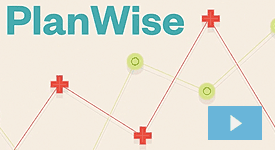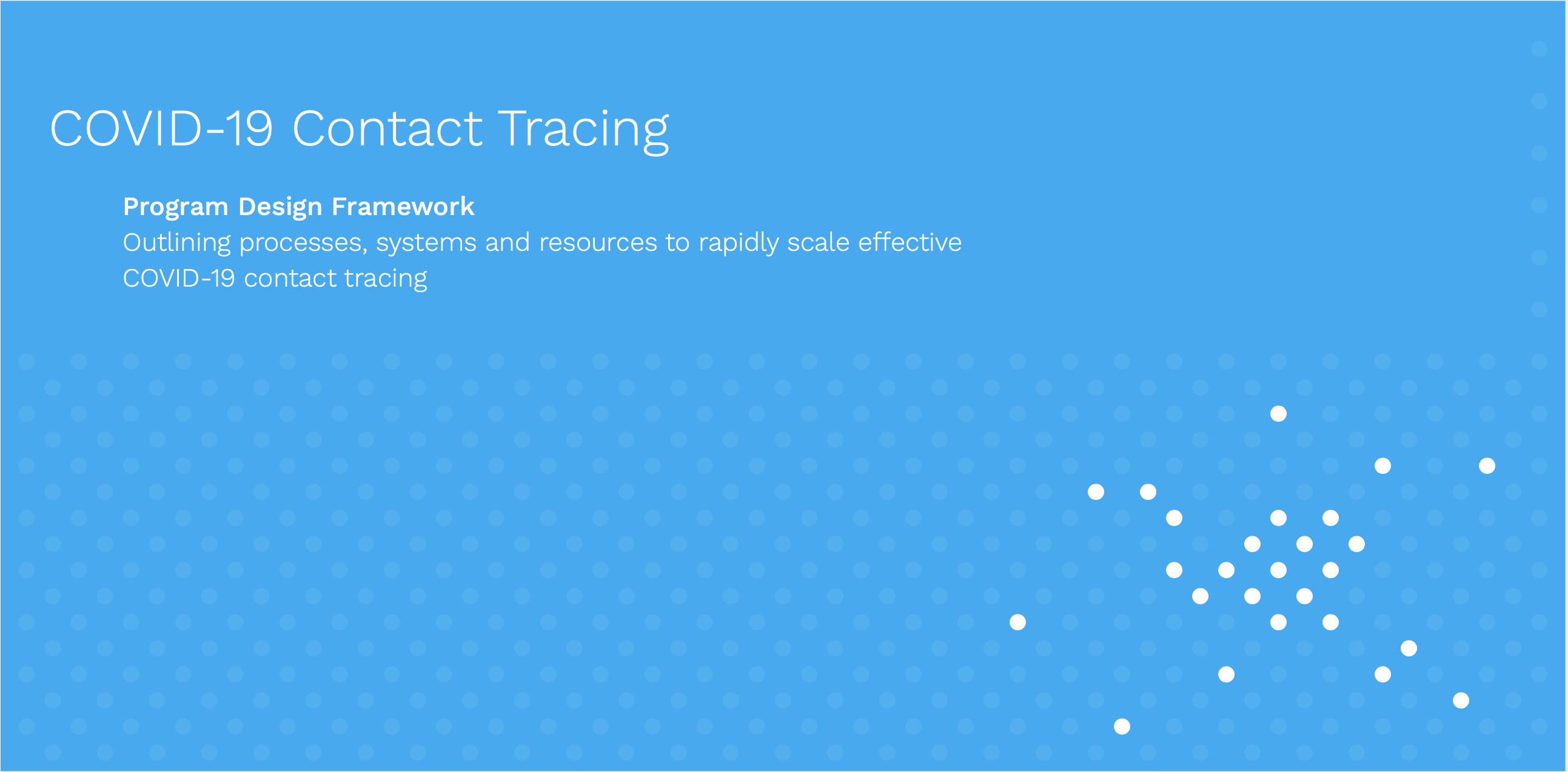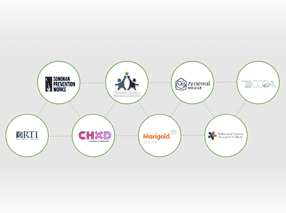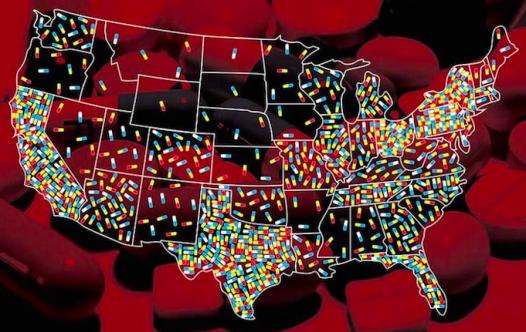In underdeveloped countries around the world, large sections of the population cannot reach critical, life-saving health care. It is up to the public health authorities who represent these areas to decide the placement of new resources—hospitals, clinics, ambulances, mobile clinics or other types of services— to increase coverage. These decisions are often made based on limited data and may be influenced by other external financial or political factors.
 Dr. Edwin Mbugua, a program manager for the international humanitarian organization, Concern Worldwide, has had first-hand experience with this problem in his home country of Kenya. “One of the biggest challenges that the health planners face when trying to organize or coordinate improvements to the health service coverage is resource allocation.” Dr. Mbugua shares. “For example, health facilities can be allocated in a place just because a particular voting constituency comes from that area, even if it is already over-saturated with other health facilities.”
Dr. Edwin Mbugua, a program manager for the international humanitarian organization, Concern Worldwide, has had first-hand experience with this problem in his home country of Kenya. “One of the biggest challenges that the health planners face when trying to organize or coordinate improvements to the health service coverage is resource allocation.” Dr. Mbugua shares. “For example, health facilities can be allocated in a place just because a particular voting constituency comes from that area, even if it is already over-saturated with other health facilities.”
To help Dr. Mbugua and other public health planners, Concern Worldwide and InSTEDD are developing PlanWise, an innovative technology tool that provides rapid evaluation of current health facility coverage, including analysis of where to add new facilities and services to increase the coverage. The tool provides sophisticated data aggregation, visualization and analysis that require time, money, and professional services which are often not available to public health planners.
How does the PlanWise tool work? The user starts by loading several data sets: existing facility registries, information on population distribution, and road network data. Most (if not all) of this information is public and readily available. With it, the user applies several filters, such as geographic area and facility type—hospitals, maternal clinics, etc.—and then the tool calculates the coverage area of the population for a service by applying the algorithms.
So, for instance, if a mother is not expected to travel over two hours to a childbirth health facilty (a window of time after which, according to WHO, mother and child face a much higher rate of mortality), a planner can define the coverage area for each facility to be the maximum distance the mother can travel within these two hours. Mothers not within the coverage area of any facility are considered in the unsatisfied population. With an understanding of where the unsatisfied population is, the PlanWise tool allows the user to quickly test scenarios with the additional or improved facilities. In our specific example, planners could consider the impact of an additional facility in a rural area versus the impact of adding an ambulance to an existing facility.
InSTEDD platform developer, Gustavo Giráldez, is one of the technologists working on the tool and is helping apply an algorithm which can automatically synthesize population and travel data to show on a map who can and cannot reach critical health services. “The algorithms used to determine the unsatisfied population are quite complex and require a lot of computational energy,” and, says Giráldez, “it’s quite interesting and challenging …it’s something I think that nobody here has tried before.” By applying computer science concepts and open source software with the health facility registry data and algorithms, PlanWise is breaking new ground. “PlanWise is pushing us to innovate; lots of things feel new.” says Giráldez.
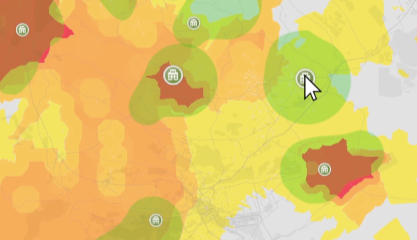
PlanWise Prototype Illustrating Health Care Coverage
An initial version of PlanWise is nearing completion, and early testers and additional supporters are being invited to become early stage collaborators in the innovation. To learn more about PlanWise and how you can get involved, simply contact us at planwise.info@concern.net and read the story at http://www.concernusa.org/story/planwise-a-data-driven-tool-for-placing-help-where-its-needed/
Blog Post by Emily Aiken

